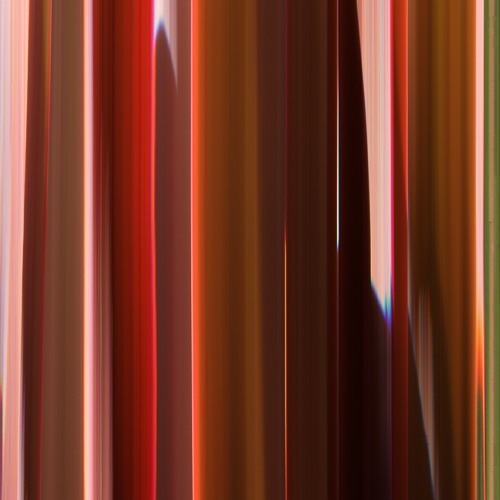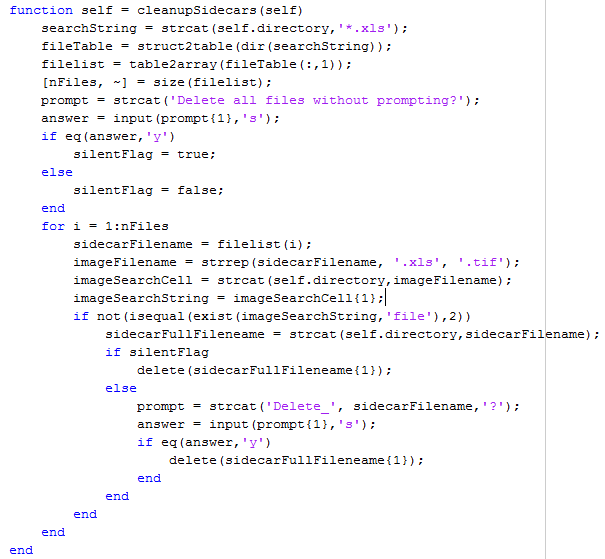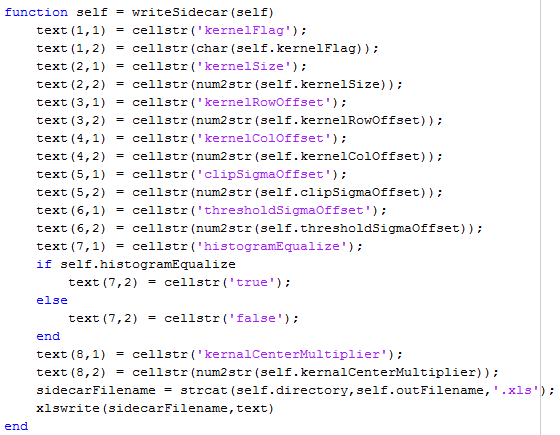When we photographers capture images, how much quality should we strive for? A lot depends on how much we know about the eventual use of the image. Why not just strive for the highest possible quality? Once you say that’s your goal, you’ve signed up for very expensive equipment, the use of a tripod almost… [Read More]
A new gallery
I’ve made some changes to the gallery section of the main web site. Actually, Robin Ward, who writes all the web site code and does all the heavy lifting, made the changes, and I am thankful to her. Anyway, the slit scans that had been in the New Work gallery are now in a gallery… [Read More]
Cleaning up sidecar files
My autohalftoning workflow has evolved to something like the following. Write some code Parameterize it. Find some parameters that produce interesting results Set up the software to do some ring-arounds Import the ring-arounds into Lightroom Delete all but the good ones Manually remove the orphaned sidecar files. The last step is not a lot of… [Read More]
Making sidecar files
One of the issues I’m having to confront in the autohalftoning work has come up before in my image-processing programming, but I’ve always sidestepped it. When I write an image-manipulation program, I try to parameterize all of the options, rather than change the code to invoke them. It makes it a lot easier to go… [Read More]
Adding a dc component to autohalftoning kernels
In addition to kernel size and construction, you can also get useful effects by making the kernel sum to numbers slightly larger than one. This means that the kernel is not strictly a highpass filter, but will preserve some low frequency information. You don’t want much; multiplying the center element of a fence kernel by… [Read More]
- « Previous Page
- 1
- …
- 261
- 262
- 263
- 264
- 265
- …
- 384
- Next Page »



